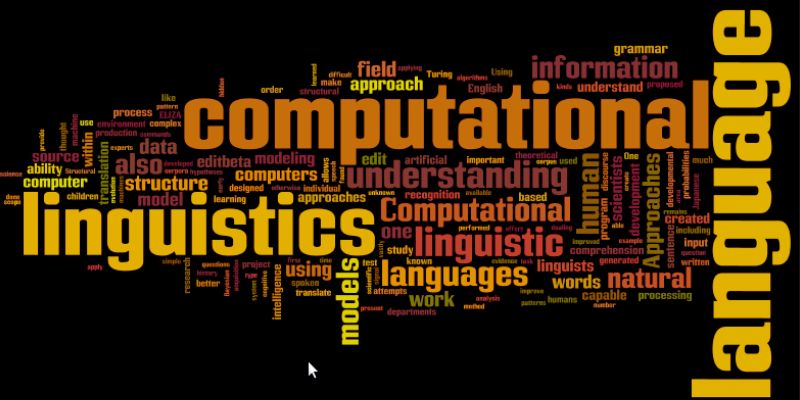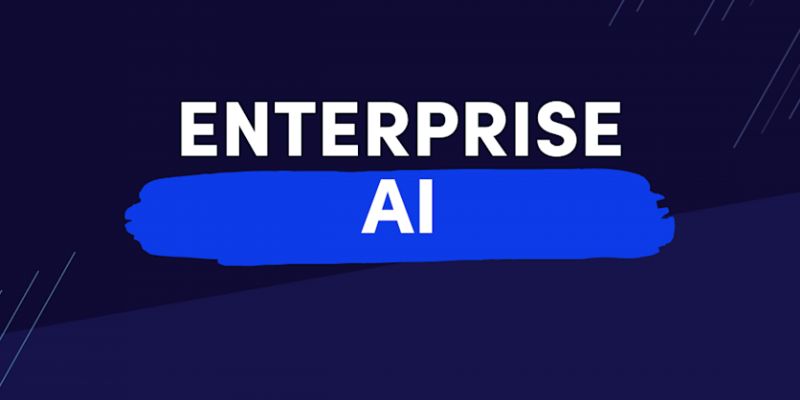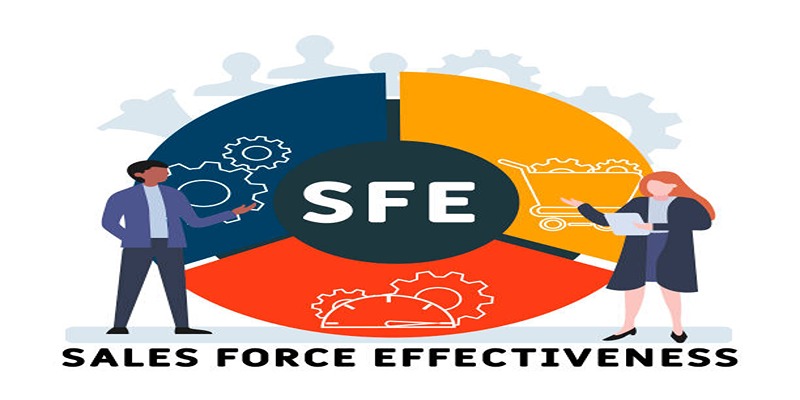If you're curious about deep learning and want to get into it without spending money on books, you're not alone. Whether you're a student, a developer expanding your skill set, or someone switching fields, there are a few solid free resources that don't just throw equations at you—they actually help you understand what's going on. The list below includes eBooks that break things down clearly, build concepts step by step, and, in some cases, even offer code examples you can try out on your own.
Let's take a closer look at some of the best free deep learning eBooks available online today. Each of these has something different to offer, depending on where you are in your learning process.
6 Best Free Deep Learning eBooks
Deep Learning Book by Ian Goodfellow, Yoshua Bengio, and Aaron Courville
This is usually the first book individuals suggest when one asks to begin with deep learning. Not because it's chock-full of examples for beginners or full of pictures—it's not—but because it lays the groundwork in such a manner that it lingers. It explains how neural networks function, why they function that way, and how concepts from linear algebra, probability, and optimization all fall into place within the larger framework.
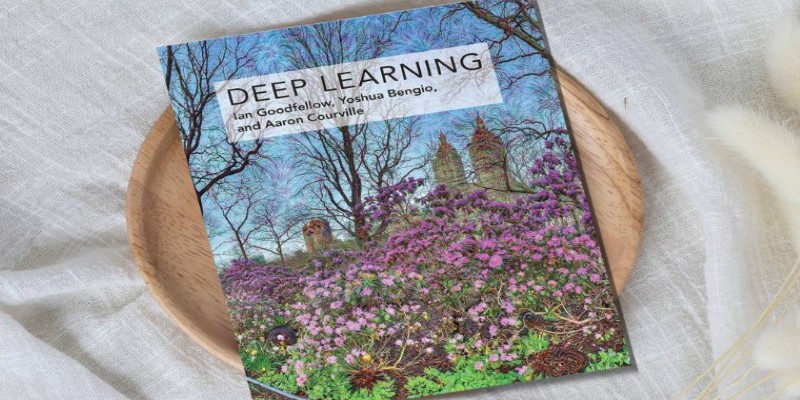
If you've already got some background in math or machine learning, this book will fill in the blanks that most tutorials skim past. The authors explain not just the "how" but the "why." It's available online for free through the official website, and the PDF is fully readable without any paywalls.
Neural Networks and Deep Learning by Michael Nielsen
This one feels more like a conversation than a textbook. Nielsen does something that a lot of technical writers struggle with—he explains complex topics without sounding like a manual. It’s less about pushing you through definitions and more about helping you see the intuition behind the methods.
You'll find clear explanations of concepts like backpropagation, gradient descent, and neural network structure, with visualizations and code samples in Python. And it's all available on the web, chapter by chapter, with no signup required. If you're the type of person who learns best by reading slowly and thinking things through, this is a great starting point.
Dive into Deep Learning (D2L)
Don’t let the name fool you—this isn’t a surface-level overview. D2L is written by Aston Zhang, Zachary Lipton, Mu Li, and Alexander Smola, and it combines readable explanations with interactive code examples. It’s built on Jupyter notebooks and uses MXNet and PyTorch (you can switch between them). Each chapter introduces a concept, explains the theory, and then shows you how to implement it step by step.
There's a nice mix of content here: vision, NLP, optimization tricks, and even how to train models efficiently. What makes it stand out is the combination of narrative and executable code. You don't have to wonder what a line of code does—it's explained in context. And you can run it right there. It's free to read online and available in different languages.
Deep Learning for Coders with fastai and PyTorch by Jeremy Howard and Sylvain Gugger
This book starts with code and circles back to theory, which is the opposite of how many other resources do it. But that's the point. The idea is to get your hands dirty right away and then gradually understand why things work the way they do.
It’s written for people who already have some experience with Python but might not be experts in math or statistics. That doesn’t mean it skips important concepts—it just introduces them when they become relevant in the workflow. The book is based on the fastai library, which simplifies many tasks that would otherwise require a lot of boilerplate code in PyTorch.
You can read the entire book online, for free, through the official fastai site.
The Deep Learning with Python (First Edition) by François Chollet
Chollet is the creator of Keras, and this is shown in how he writes. This book is practical, thoughtful, and clear. While the second edition is paid-only, the first edition is freely available under an open license.
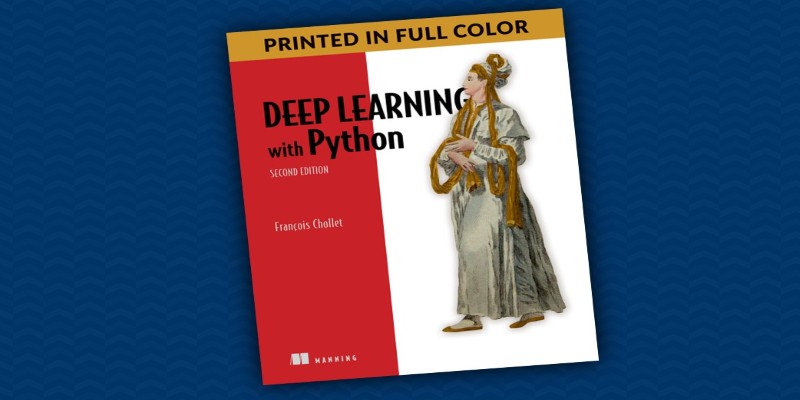
What you get here is a very clean introduction to building deep learning models using Keras. It doesn’t try to cover everything, but what it does cover, it does well. If you’ve worked with data before but want to understand how to move into deep learning in a structured, readable way, this is worth downloading.
Each chapter walks you through a problem, from idea to implementation, and ends with code that you can test and build on. You’ll go from basic neural networks to convolutional and recurrent models without being overwhelmed.
Deep Learning From Scratch by Seth Weidman (Unofficial Free Version)
This is one of those rare cases where the unofficial version still holds value. While the print book is commercial, there’s a community-maintained version that re-implements the content using Jupyter notebooks. It's not a PDF of the book itself, but it captures its spirit by letting you write your own neural networks from the ground up—no high-level frameworks at first.
You start by creating a simple neural network using Python and NumPy. Once you understand how forward and backward propagation work, the book helps you scale that into more complex architectures. This hands-on approach forces you to understand the internals instead of treating models as black boxes.
It’s available on GitHub, so you’ll need to poke around a bit, but once you find the right repo, it’s a goldmine.
Final Thoughts
There’s a lot of noise out there when it comes to learning deep learning. Tutorials, courses, and paid books can be hit or miss. But these free eBooks are written by people who know what they’re talking about and who’ve taught the subject for years. They each take a different route—some start with code, others start with theory—but all of them make it easier to learn this field in a real, lasting way.
Pick the one that matches how you like to learn. Try a few. Combine them. What matters is that you start and stick with it. Because deep learning isn't something you read about once—it's something you keep coming back to, refining as you go. These books help make that loop easier.





